latest
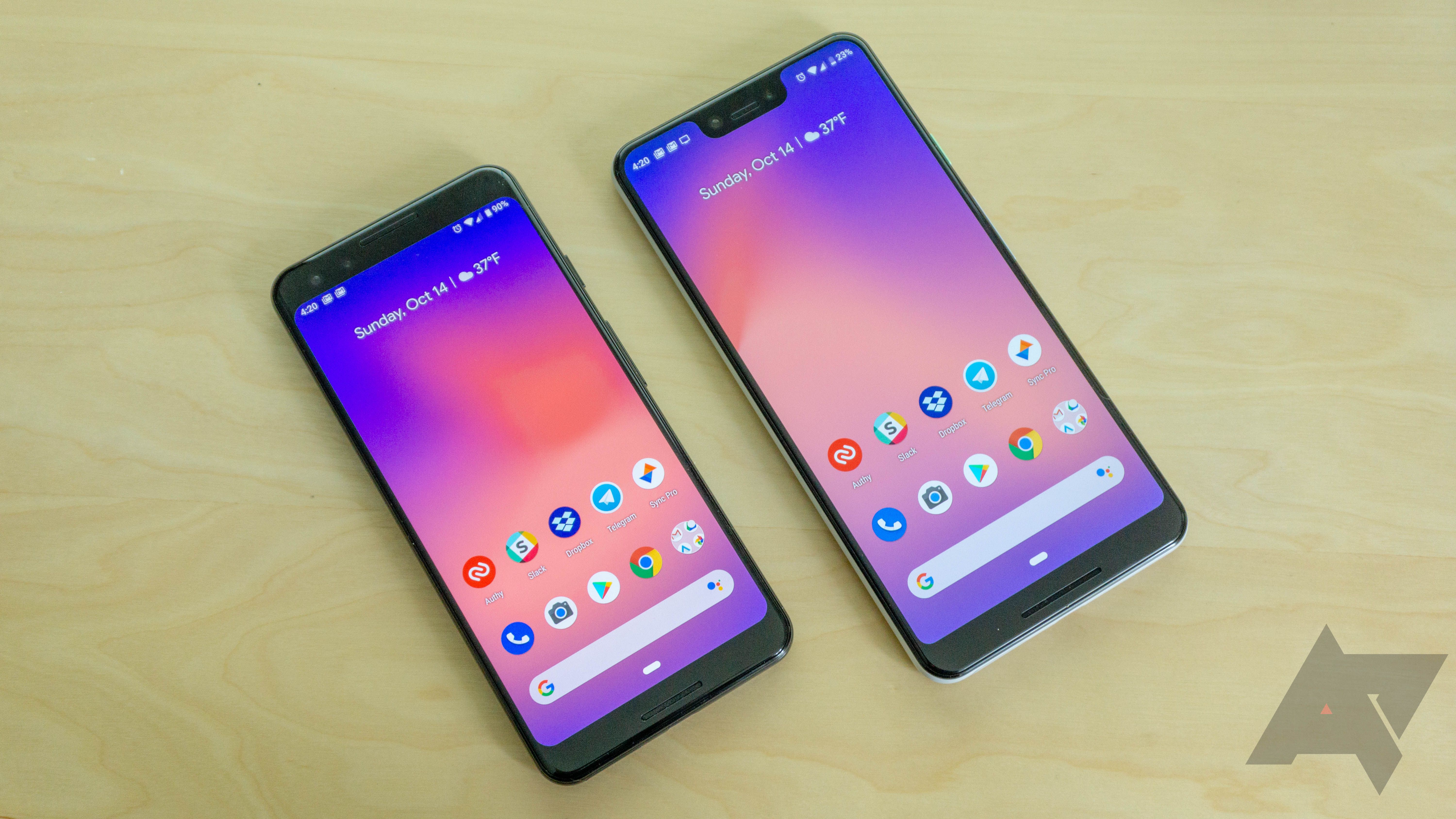
Google just released its February patch for current devices, including a timely update for the Pixel 6 and 6 Pro. Meanwhile, the Pixel 3 and 3 XL have been left behind since Android 12 rolled out in October, excluding a quick fix for that pesky 911 issue. We've known both phones would receive one last security update before being sent to a farm upstate sometime in Q1 2022. Even though it wasn't mentioned in the February patch notes, it turns out today's the day.
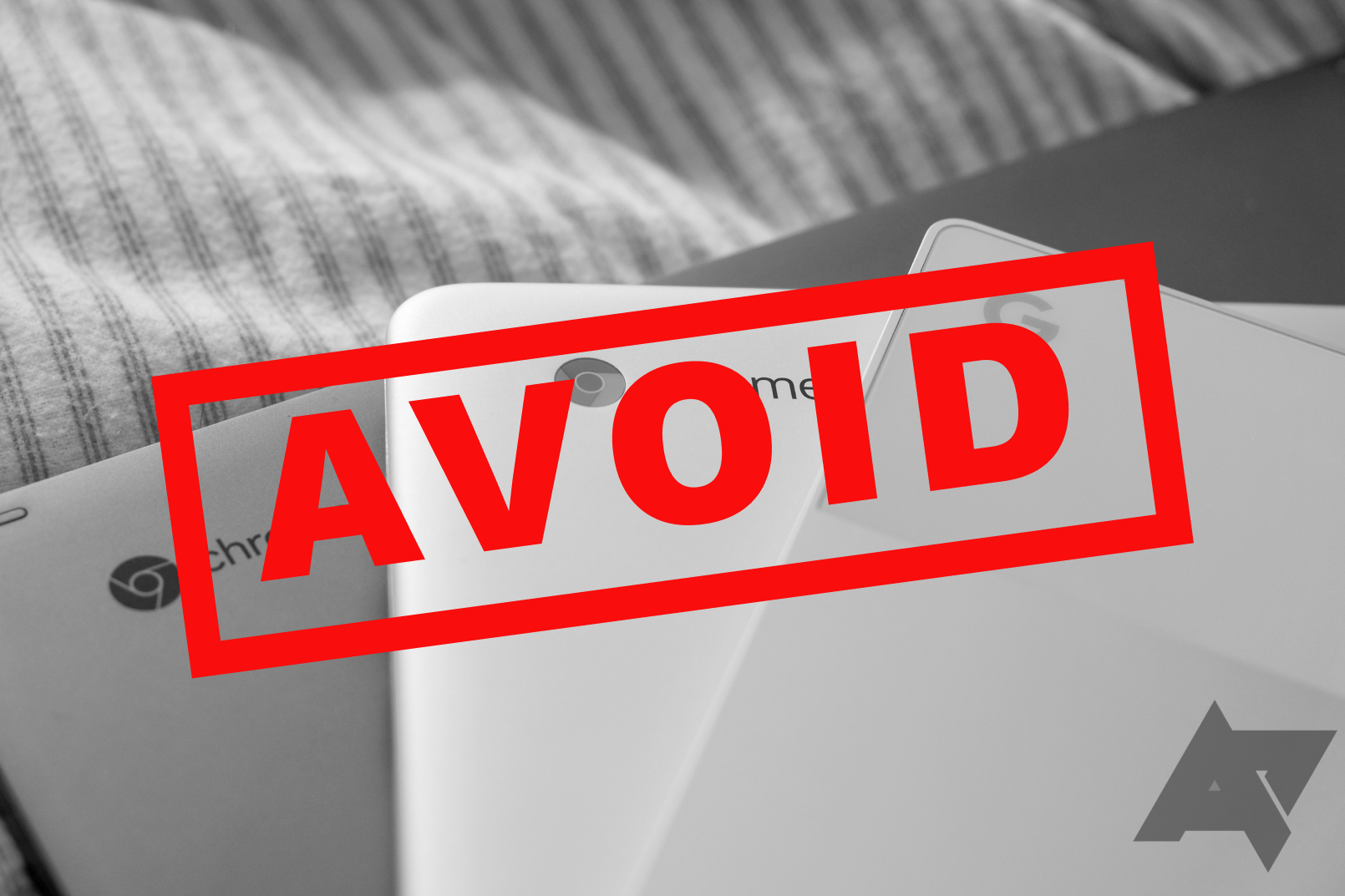
Chromebook deal too good to be true? Check this first before pulling the trigger
Don't fall for this common sales trap
We all probably found that one killer Chromebook deal on Amazon or Walmart that (on paper) appears to be an incredible value for the money. The average, less-informed buyer immediately jumped on the deal, because why wouldn't they? After all, its workhorse specifications are more than enough for basic tasks like Zoom, schoolwork, and light gaming. And for an asking price of just a few hundred bucks, they would be a fool to look elsewhere, right?
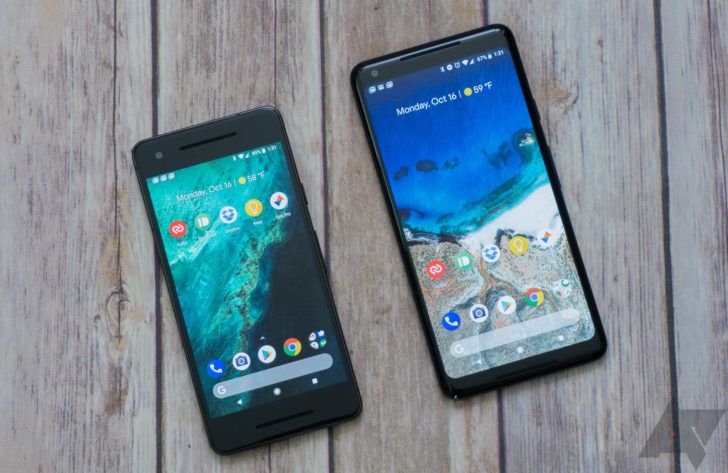
It's the end of the road for the Pixel 2, as Google releases final wrap-up update
Though something's up with the security patch date
Back in October, Google confirmed to us that the Pixel 2 and 2 XL were only promised one last wrap-up security patch, having reached the end of the three-year update promise. At the time, we were told it would roll out in December, though yesterday's updates landed without including the Pixel 2 series. But a few hours ago, these likely last images were posted for download, and we expect the update to start rolling out in the more traditional sense soon.
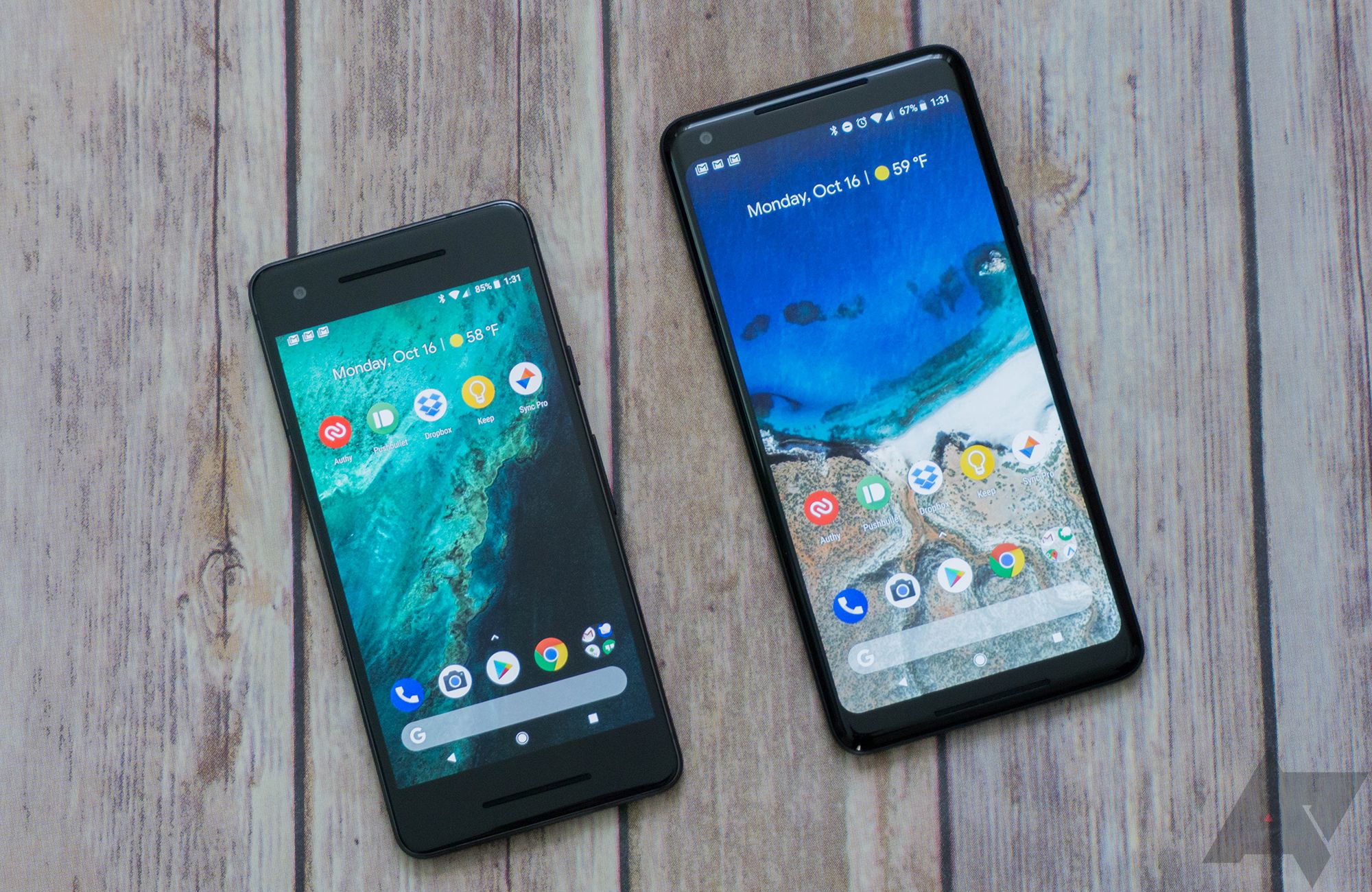
Pixel 2 and 2 XL reach end of life: Only one more update is planned
A final wrap-up update will land in December
Google has confirmed to us that the Pixel 2 and 2 XL will get their last update this December. While the October update released today was the last guaranteed by the company's original calendar commitment, we are told that Google is promising one last update that includes a final set of critical fixes, following a trend it set last year with the original 2016 Pixels.
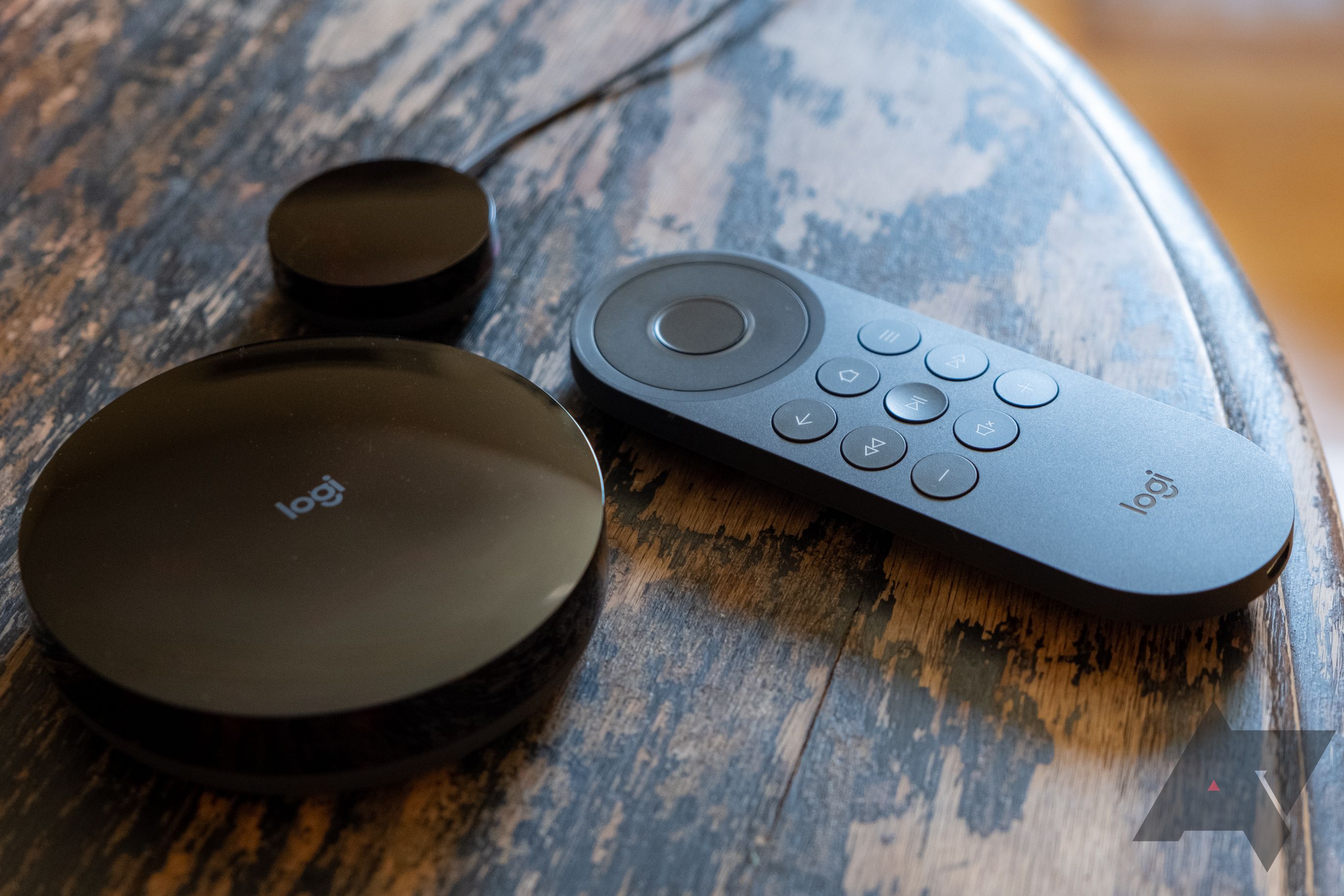
Logitech’s voice-controlled Harmony Express is being discontinued, will stop working in September
Customers are eligible for a full refund or a free Harmony Elite
Logitech took a risk when it launched the Harmony Express, a new take on age-old problems surrounding universal remotes. Instead of plastering the device with every button you could possibly need, the Express' primary input is its microphone, powered by Amazon Alexa. While our own Ryne Hager loved this approach in his review last year, the unique strategy apparently didn't catch on as much as the company had hoped: Logitech is discontinuing the remote on September 30, 2020, when the Express and its companion apps will stop working.Logitech says that the Express "aimed to replace the complexity of the touch screens and programmable buttons found on other Harmony remotes with a simple voice interface," but the product didn't meet the company's expectations. That's why it decided to scrap the project altogether and focus on improving its regular universal remote lineup instead.Before anyone picks up pitchforks, the company offers a full refund or a free Harmony Elite to anyone who purchased the Express. While the replacement lacks a dedicated Alexa button, its hub works with other Alexa-equipped devices, so you won't lose voice control, even if you'll have to adjust to another workflow. To claim your refund or the Elite, head to Logitech's support website.While I'm not happy that a ton of Express units are needlessly going to landfill, I still have to applaud Logitech here: The company acknowledged that it's not happy with its product, communicated the discontinuation well ahead of time, and gives its customers more than generous offers. If only other businesses were this well run.Source: Logitech (1), (2)

Back in 2010, Hipmunk launched with the promise to simplify and improve flight search across multiple airlines and released an Android app soon after. Its innovations have long been copied by other search engines including Google, which made it hard for the company to keep up. It was acquired by SAP Concur in 2016, and Hipmunk has announced today that it will shut down for good on January 23. The business-focused Concur Hipmunk service is also retiring.
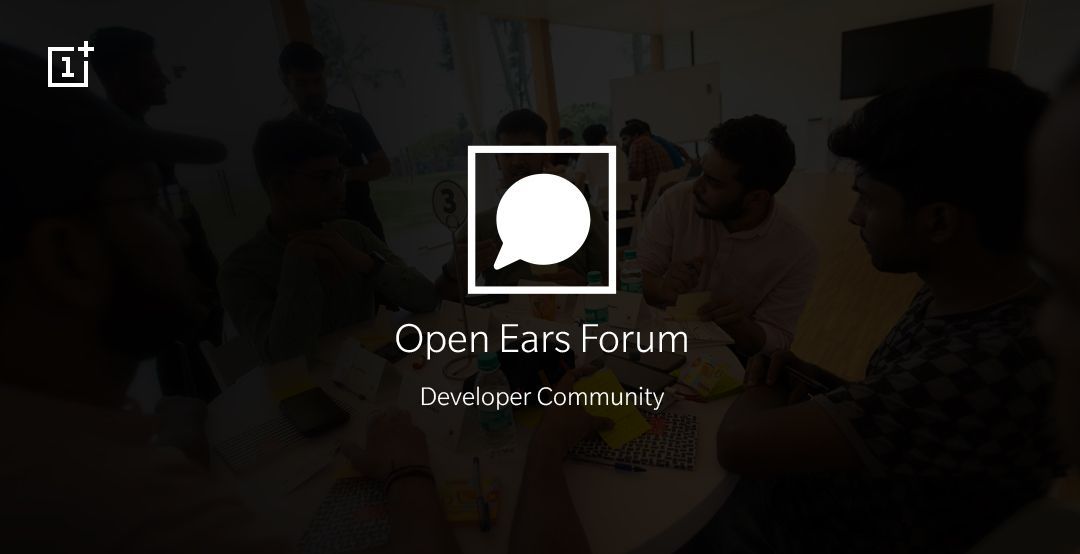
OnePlus just published a recap of its second "Open Ears Forum" from all the way back in May. At the event, it gathered a handful of developers and fans central to the OnePlus community to solicit their feedback. Four months later, the company has revealed a set of changes influenced by that feedback, including more timely kernel sources for Open Betas and a new bounty program for reporting vulnerabilities. Most importantly for customers, though, OnePlus has promised to finally fix how aggressive its software is at killing apps in the background.
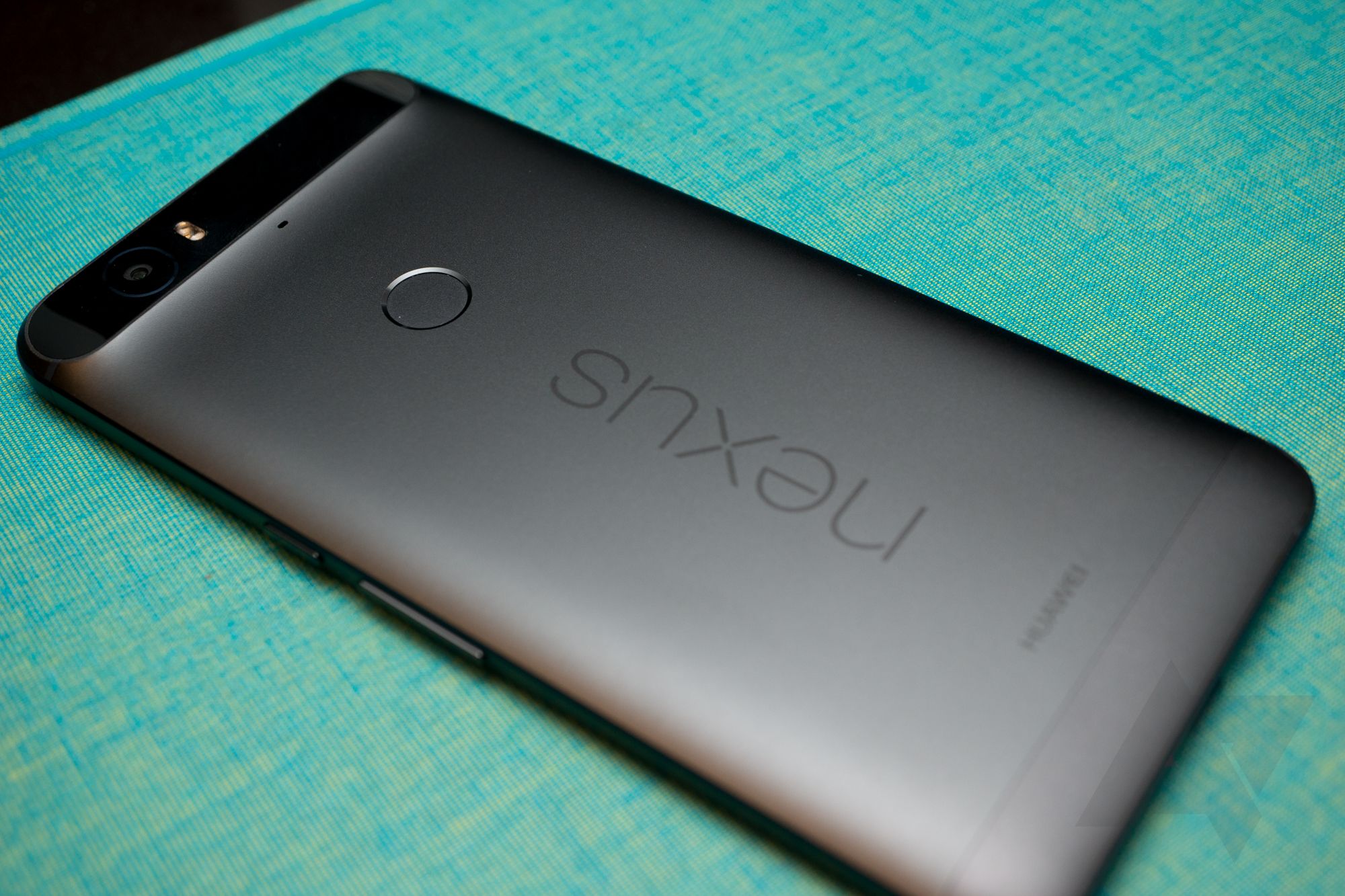
Read update
- Google saw fit to deliver the December update to the 5X and 6P, but every security patch they receive from here on out is a bonus. Keep in mind, they could end at any time.
Google's Nexus 5X and 6P, released in 2015, were the last phones in the series before the company launched the new Pixel line. In the same year, Google established its three-year update policy, which set the last update for the pair of Nexuses (Nexi?) sometime in 2018. Last year, an impromptu two-month extension was revealed, placing their final sunset in November of 2018. And, well, here we are. This month's security updates could be the last either phone sees.
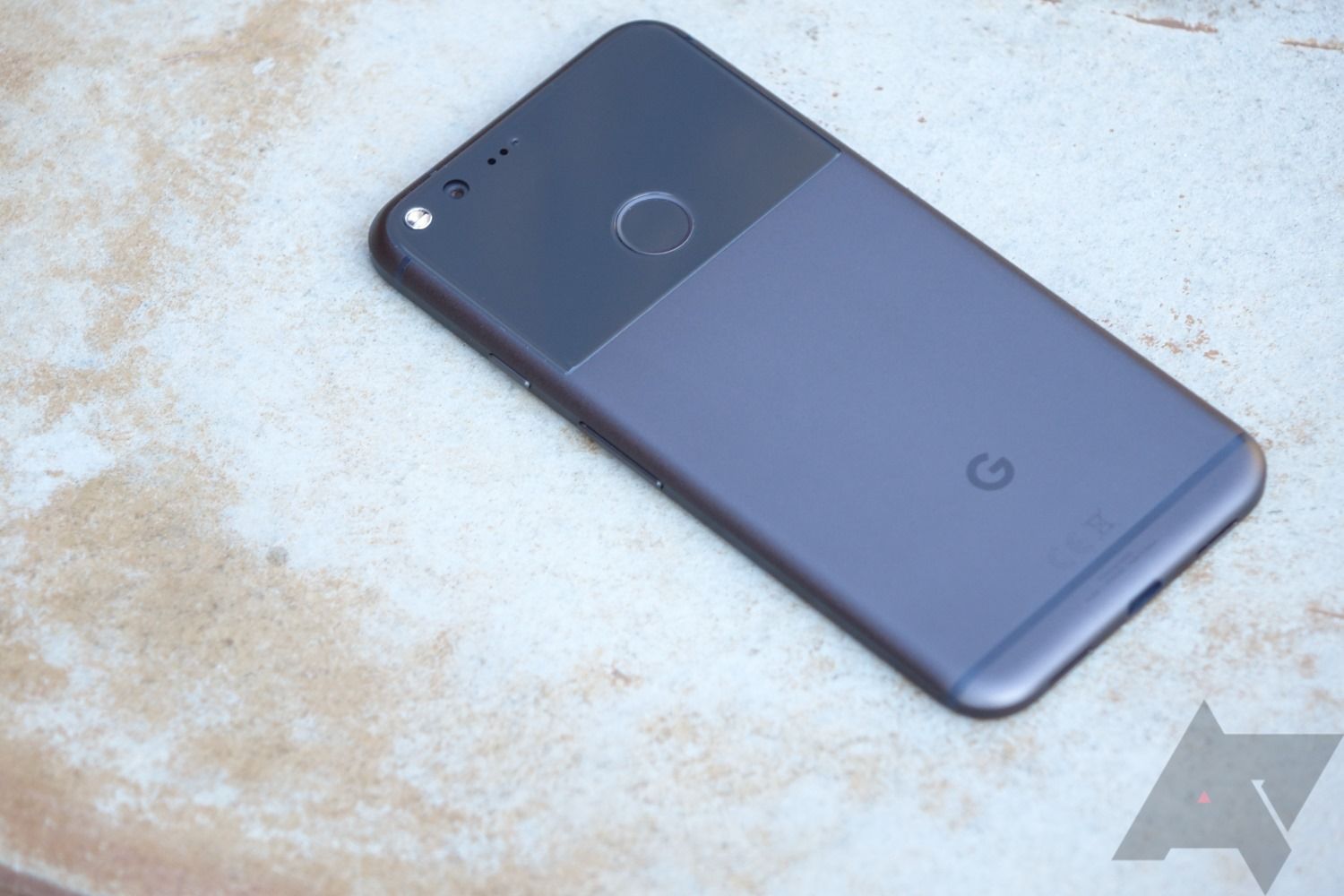
Read update
One of the bummers about buying electronic devices is that you know there will be a point after which the manufacturer will no longer keep the software updated. We usually hope for at least two years when talking about smartphones, though some OEMs barely even reach half that time. One of the benefits to buying Google's phones nowadays is that the company now maintains a page where you can see the end-of-life for those devices.
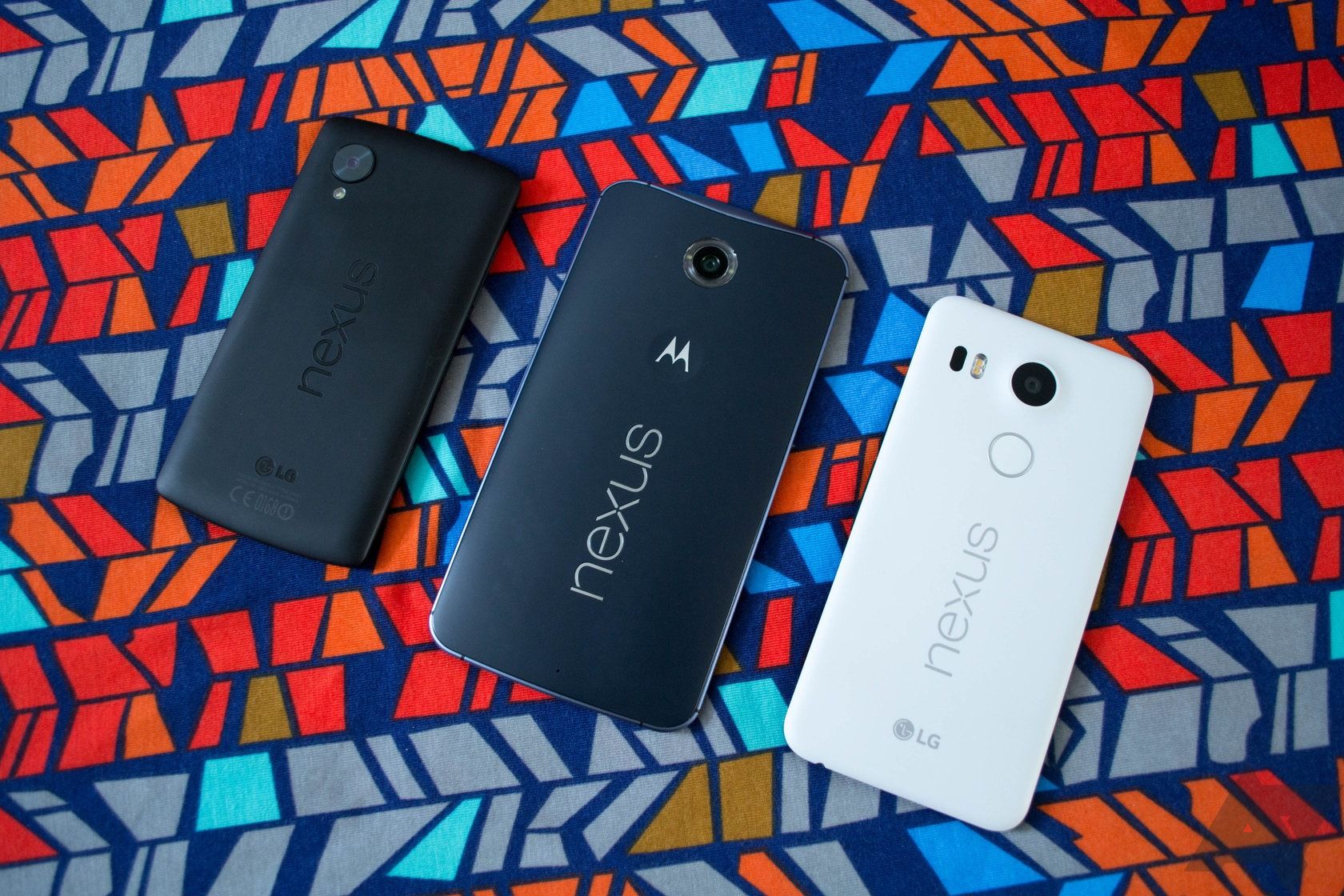
Read update
Google formalized the update guarantee for Nexus devices last year in the wake of the Stage Fright vulnerability, but now it's gone a step further by listing the approximate end-of-life (EOL) dates on its support site. Google added this data at some point in the last few weeks, but it has only now been noticed.

The standalone Photos app was released to the public during last month's Google I/O conference, finally completing the separation with Google+ as rumors (and facts) had long suggested. While the new Photos app was widely accepted as an improvement in many ways, it also lacked many of the enhanced editing features that had made the old version so useful. Unfortunately, installing the standalone Photos app effectively hid access to the version built into Google+. That was probably a pretty good sign about what was to come. With the latest update to Google+, users who have stuck to the old version will be warned that it is not long for this world.

According to a source inside of Sprint, the wireless carrier has officially placed the LG Nexus 5 on the end-of-life list. That means that Sprint won't be promoting the N5 in its stores, though any stock that's still in retailers or sales partners will probably remain on sale in at least some capacity. It also means that Sprint won't be sending out any more standard software updates to the phone.
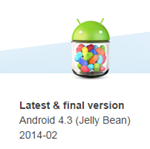
Everything dies. It's kind of a grim reality we have to face, but there's nothing in this world that's truer. One day, everything and everyone you love will die. There is no escaping it. Now for a bit of lighter news: Sony is finished updating the Xperia L, M, C, and SP. While that's generally bad news, I tried to ease the blow by reminding you that you're going die one day. Did it help? I hope it helped.
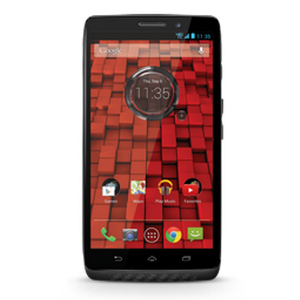
No matter how much we may love a phone, there comes a time for it to head on to greener pastures, to shed its physical body and exchange bytes with the souls of other great handsets in the sky. Today I am sad to write the obituary for the Droid Maxx Developer Edition. This is a great phone with a massive 3500mAh battery and support for wireless charging, giving it the optimal power situation. Yet despite packing so much juice, even it can't last forever. The Droid Maxx Developer Edition has reached the end of its life, and Motorola has taken the phone down from its site.

We've enjoyed Deflecticon, the 3D variant on the classic Pong game with some fantastic graphics and totally warped perspective. In a sad turn of events, though, the developers have stated that they will no longer be able to support the game. Given this situation, they're making it available entirely for free in an as-is state. Pretty cool, devs!

Update: Oops! Looks like Google classified this one as dead just a bit too early – it's back for a thirtieth go in the Play Store. If you want one, you should probably buy it now before they really do disappear forever.

After disappearing from T-Mobile's own website and appearing as backordered on others, a matter we posted on just a bit earlier today, we've heard from a very reliable industry source that T-Mobile is putting the Galaxy Note on "EOL" (end of life). We have every reason to believe this person (though they spoke on condition of anonymity), and today's events make it pretty obvious that's what's going on. The EOL date is estimated around November 1st, though that remains subject to change based on how quickly T-Mobile's remaining inventory is depleted.
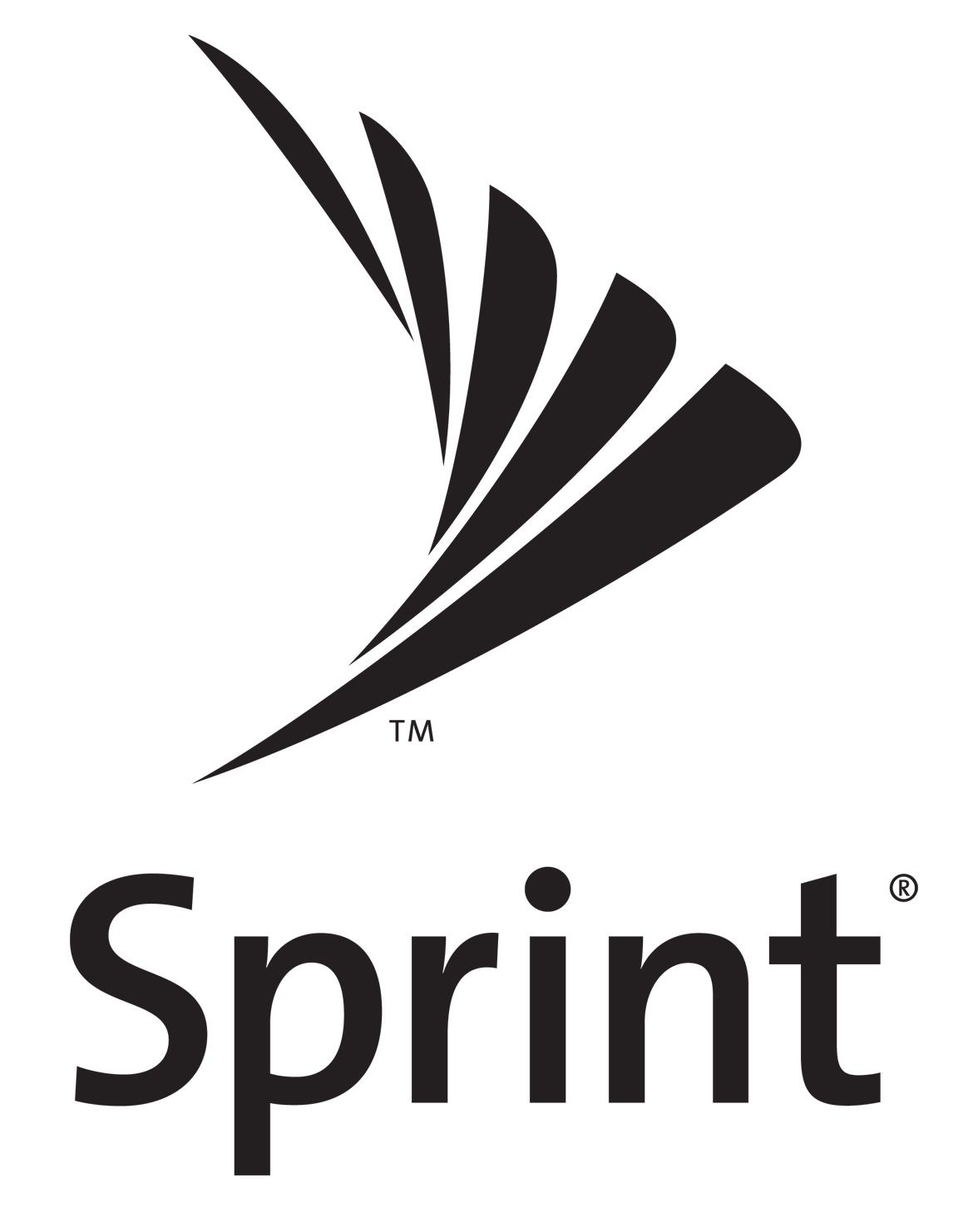
In the tech world, devices come and go fairly often. Once it's determined that a device has worn out its welcome, it ends up where no one wants to be: on the EoL (end-of-life) list. The latest EoL list to make it way into the mainstream is from Sprint, and it looks like the HTC EVO View 4G will be phased out beginning on January 29th.














